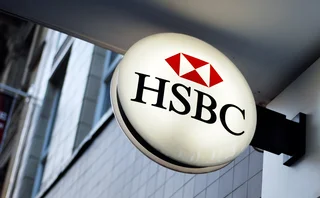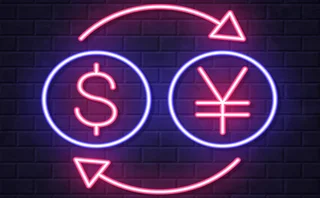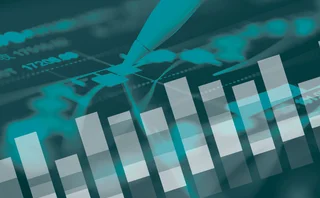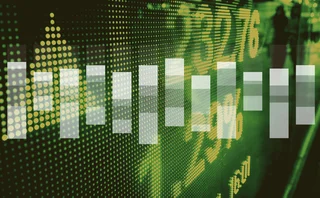
Fast LPs accuse rivals of maxing out last look response times
Firms with sub-10ms checks complain of losing volumes to slower rivals, prompting one to ditch ECNs

Despite recent attempts by some spot FX trading venues to crack down on last look practices, some liquidity providers running tight windows have reported losing volumes as a result – and at least one market-maker has consequently unplugged from anonymous venues.
With the FX Global Code banning additional hold times from being incorporated into last look on anonymous and semi-anonymous venues, an increasing number of FX trading venues have either required users to be compliant with the code or
Only users who have a paid subscription or are part of a corporate subscription are able to print or copy content.
To access these options, along with all other subscription benefits, please contact info@risk.net or view our subscription options here: http://subscriptions.risk.net/subscribe
You are currently unable to print this content. Please contact info@risk.net to find out more.
You are currently unable to copy this content. Please contact info@risk.net to find out more.
Copyright Infopro Digital Limited. All rights reserved.
As outlined in our terms and conditions, https://www.infopro-digital.com/terms-and-conditions/subscriptions/ (point 2.4), printing is limited to a single copy.
If you would like to purchase additional rights please email info@risk.net
Copyright Infopro Digital Limited. All rights reserved.
You may share this content using our article tools. As outlined in our terms and conditions, https://www.infopro-digital.com/terms-and-conditions/subscriptions/ (clause 2.4), an Authorised User may only make one copy of the materials for their own personal use. You must also comply with the restrictions in clause 2.5.
If you would like to purchase additional rights please email info@risk.net
More on Markets
Franklin Templeton dethrones MSIM as top FX options user
Counterparty Radar: MSIM continued to cut RMB positions in Q3, while Franklin Templeton increased G10 trades
HSBC loses FX forwards market share with EU funds
Counterparty Radar: UK bank reported 6% drop in notional volumes with Ucits funds in H2 last year
Franklin Templeton steps back into FX options
Former biggest user of the instrument among US mutual funds returns with $7.6bn of USD/JPY strategies
Equity vol convexity selling gains momentum
Risky hedging strategy is attracting interest but can investors learn from past convexity blow-ups?
Continued decline of the one-stop shop
Dealer Rankings 2024: Only two banks make the top 10 across all rankings tables – others have focused on vertical dominance
Often fluid. Not always liquid
Dealer Rankings 2024: On the buy side and the sell side, the make-up and depth of OTC mini-markets can change rapidly
The squeezing middle: data shows Europeans taking on US foes
Dealer Rankings 2024: Barclays, BNP Paribas and Deutsche grab bigger share of the pie
Cuts and points – how the Dealer Rankings work
Dealer Rankings 2024: We have a simple way to compare dealers. Sort of simple, anyway








